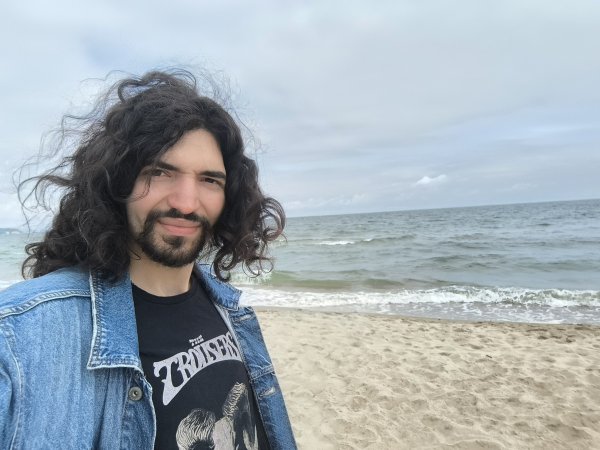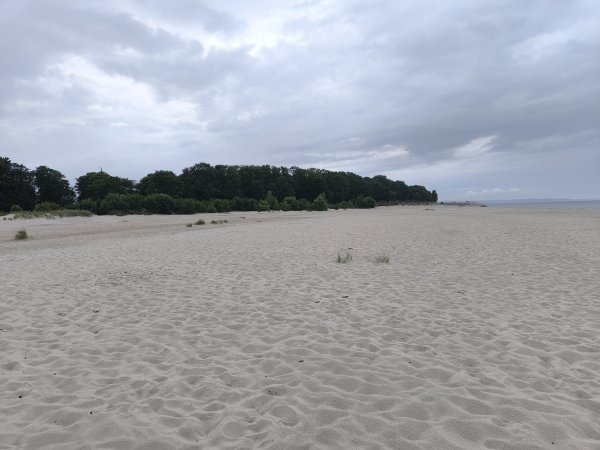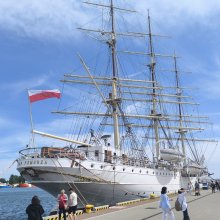
If you need the typical beach experience instead of hidden spots like Westerplatte, take the tram (or the bike) and go to Jelitkowo: not just because there are some nice parks around (such as Park Przymorze), but also because there you will find the long beach that continue its way towards another important city, Sopot.
Namely, Gdańsk shares the same agglomeration with two other cities, Sopot and Gdynia, and the three have such strong ties that they are sometimes together referred to as Tricity (Trójmiasto) like if it was the same one metropolis.

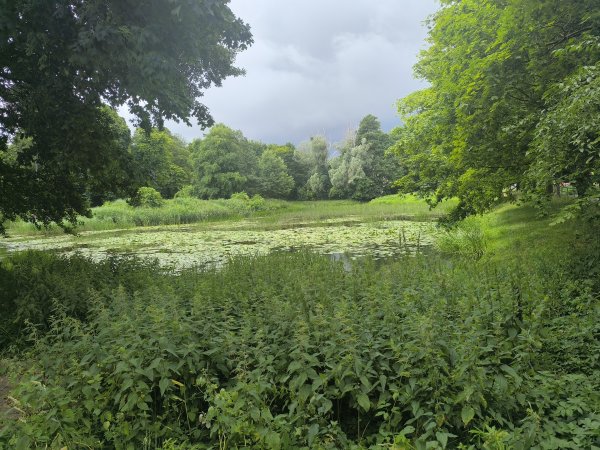
Sopot and Gdynia were both fishing villages in Pomerania before they started their quick development. If you walk westwards on the beach, first you will get to Sopot, which established an image related to tourism, entertainment and beaching. Restaurants, fountains, shops, benches, caroussels, lighthouses and many other places are waiting for you creating traditional 'port vibes'.
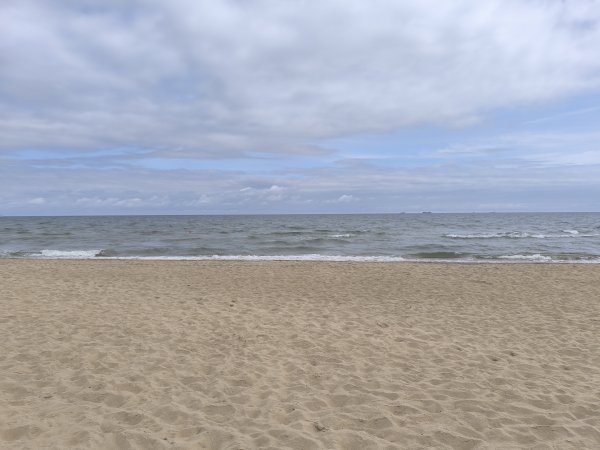
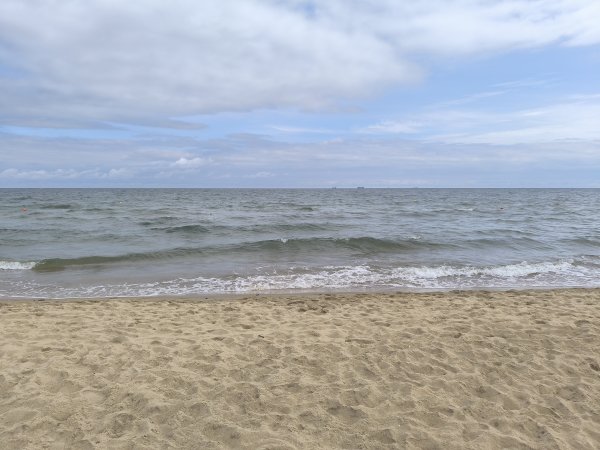
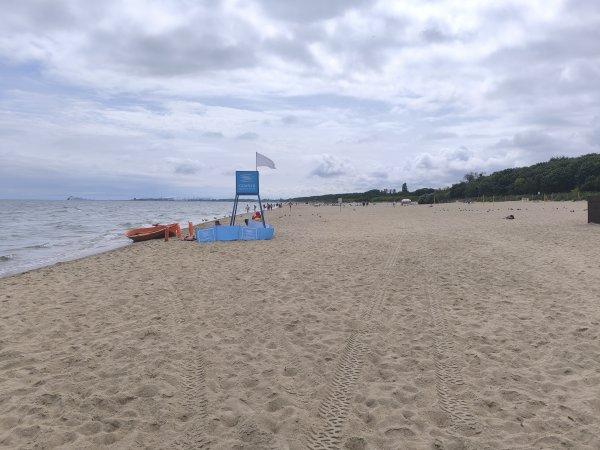
The most important sight in the port is certainly the Great Pier (Molo w Sopocie), which is indeed a very wide, huge and monumental place to have a nice view on the sea.
Unfortunately, there is an entrance fee – I would say that it is smart from the city's point of view, but I rather think that the stereotype stating that 'Poles make money of everything', well, inspite of my goodwill, sympathy and love towards the country, is sometimes true...
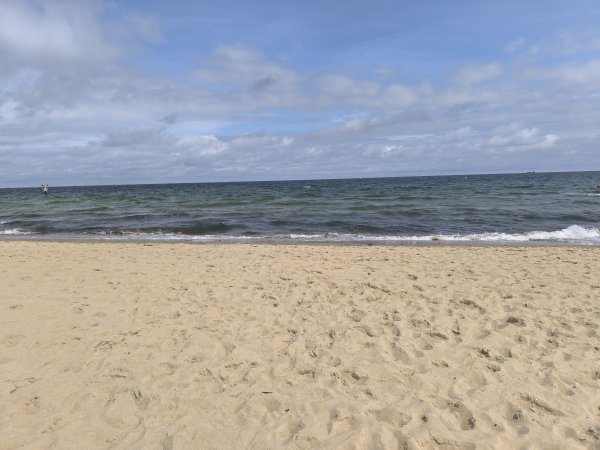
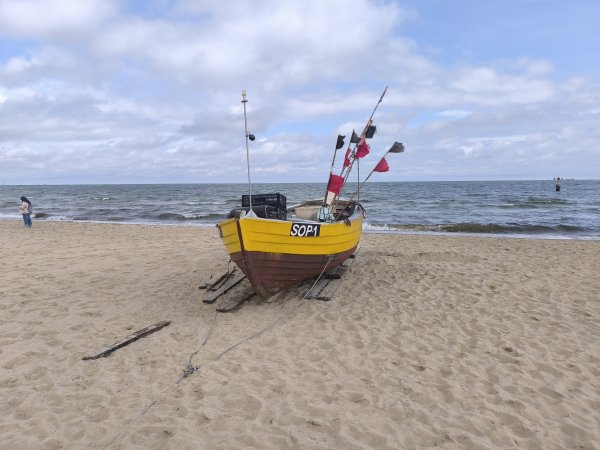
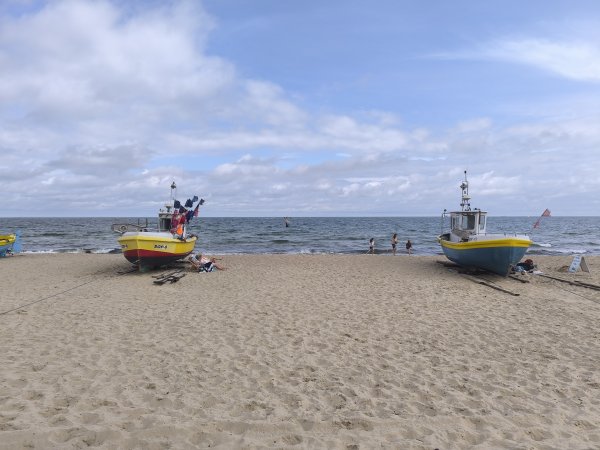
There are many restaurants and souvenir shops, while if you walk along the famous shopping street called Bohaterów Monte Cassino (Heroes of Monte Cassino), you will find a very special sight called Krzywy Domek (Crooked House).
The building in fact is a shopping mall and the point is that its design looks like if it was not stable but somehow soft and flexible due to its curves. The square close to the Great Pier is always full of hustle and bustle and tourists, just as the shopping street. Apart from the Crooked House, you might notice the sculpture of a cartoon figure with an umbrella on its head.
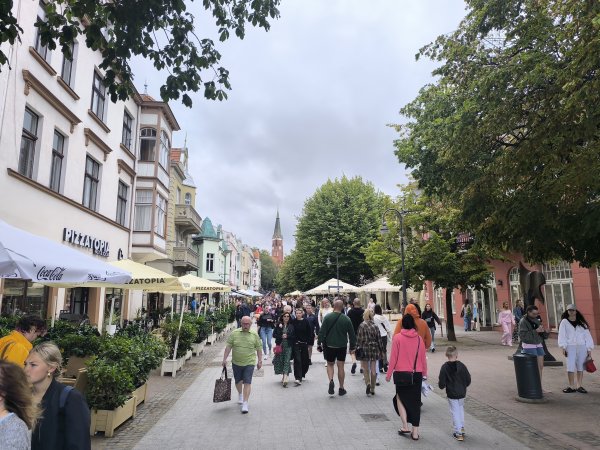
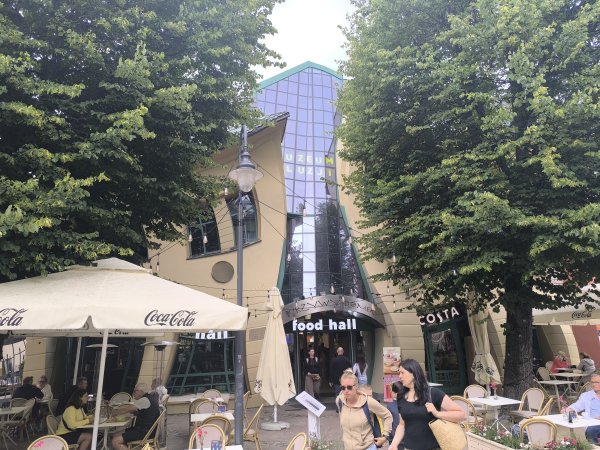
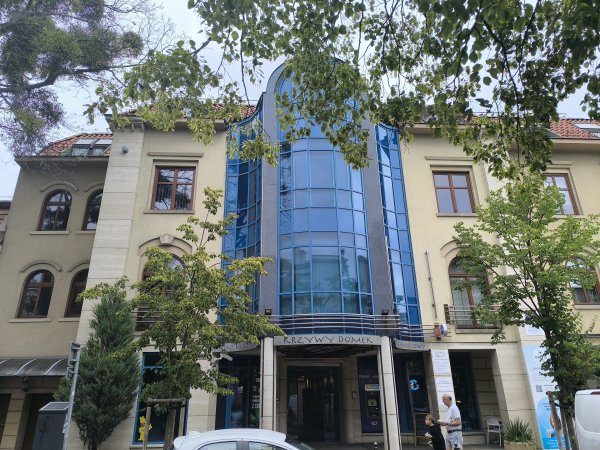
It is the monument of the Parasolnik (Umbrella-man): an eccentric person in the local folklore who talked to people in the streets randomly and repaired umbrellas. His real name was Czesław Bulczyński, and each year, during the Sopot Film Festival, the awards given to the winners have the shape of Parasolnik.
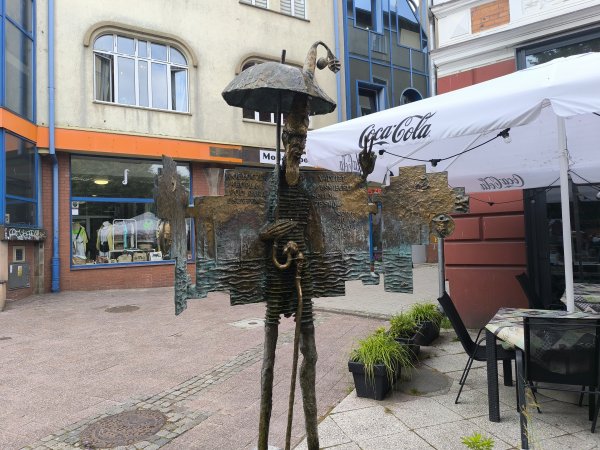

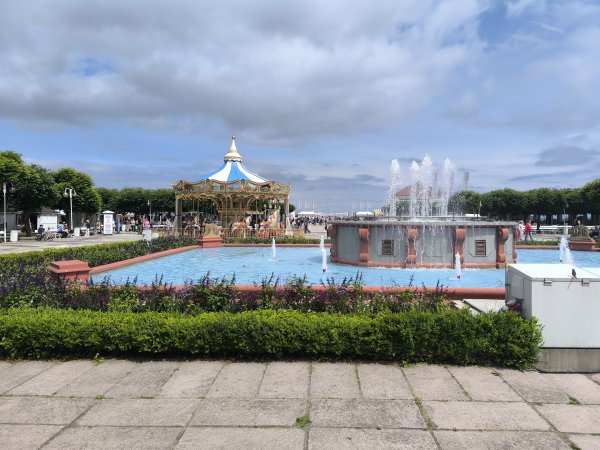
You might wonder why there is a street by the Polish sea named after the soldiers of the Monte Cassino battle, which is located in Italy, to the South of Rome.
The thing is that many Polish soldiers participated in a battle – and one of them had an outstanding story. He was Wojtek, a male bear raised by Polish soldiers who was trained to help them in battle by carrying ammunition, weapons and different tools.
He even got a military rank, because once it happened the Allies in the Second World War did not want a wild animal enter the ship, saying that the entrance was ‘only for officers’. Thus, with a smart twist by the Polish soldiers, he became a military officer.
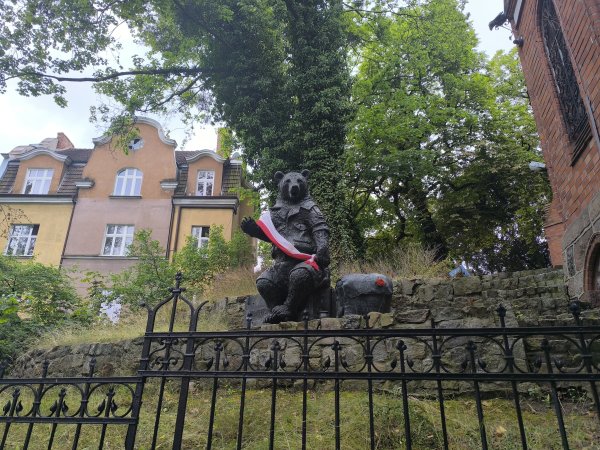
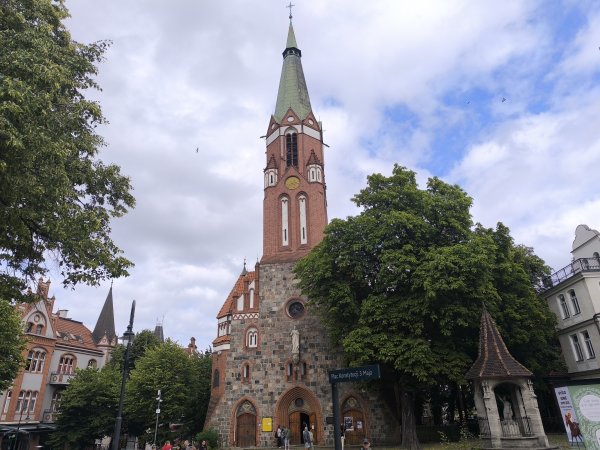
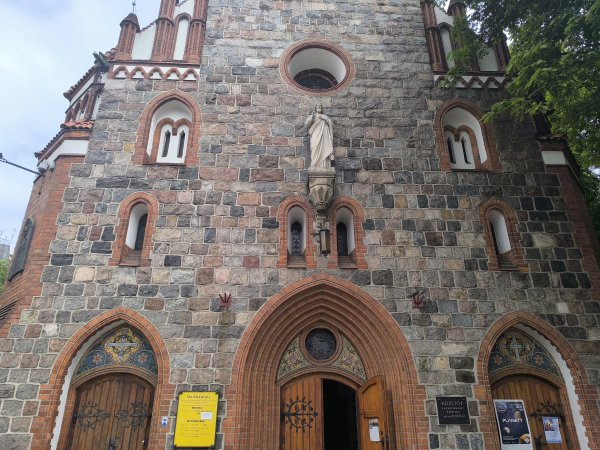
It is said that as a good Polish bear, Wojtek liked beer and vodka and he was so afraid of loud noises that climbed upon a tree during the battle of Monte Cassino and it was almost impossible to get him down from there.
Apart from this story, he was a brave soldier who could understand simple instructions and it is said that after the war, when he was transferred to a zoo in Scotland, he was still on guard when heard Polish words from the visitors. Wojtek got a statue along the Heroes of Monte Cassino boulevard close to St. George’s Church in Sopot.
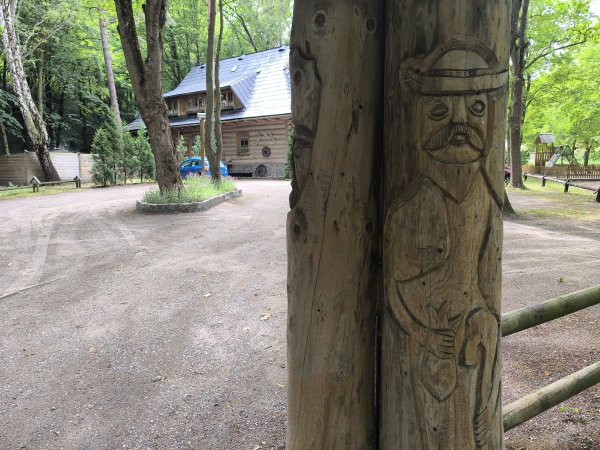
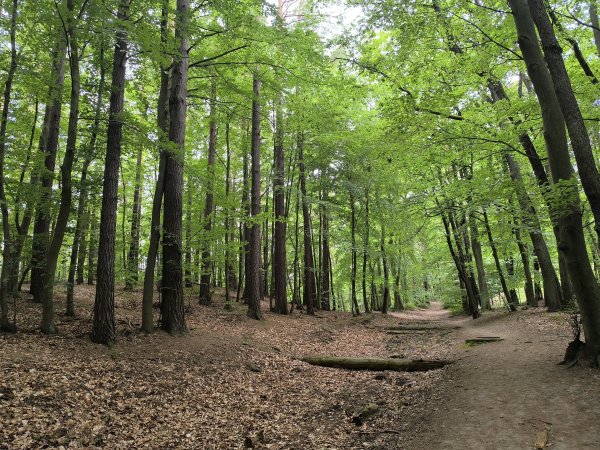
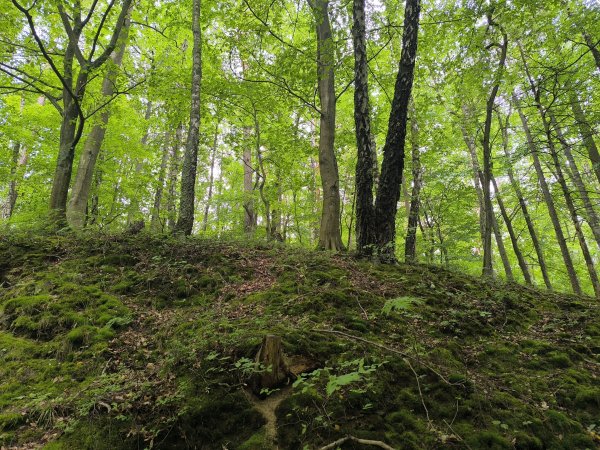
Although the most important and touristic zone of Sopot is near the beach, you can explore other aspects of the city. For instance, you can go and check the Forest Opera (Opera Leśna), which is, as the name suggests, an opera house with a stage under a huge tent in the middle of the woods, and when you walk towards the place, you will also see the portraits of famous Polish opera singers on the sidewalk.
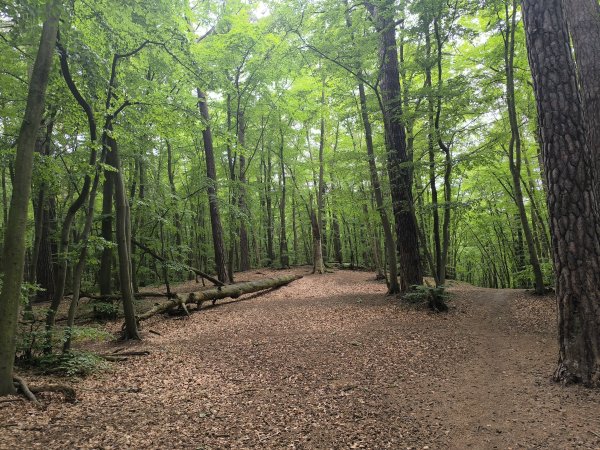
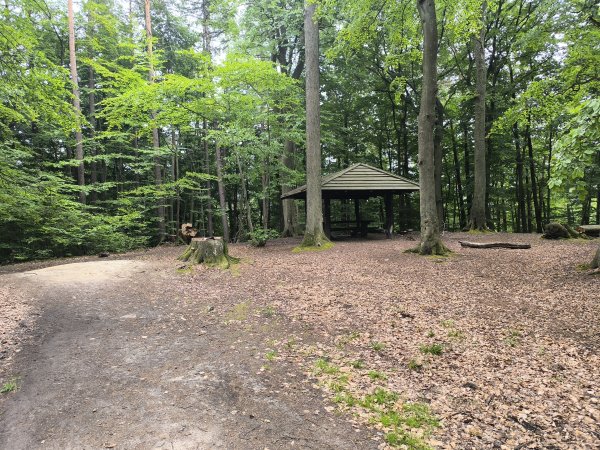
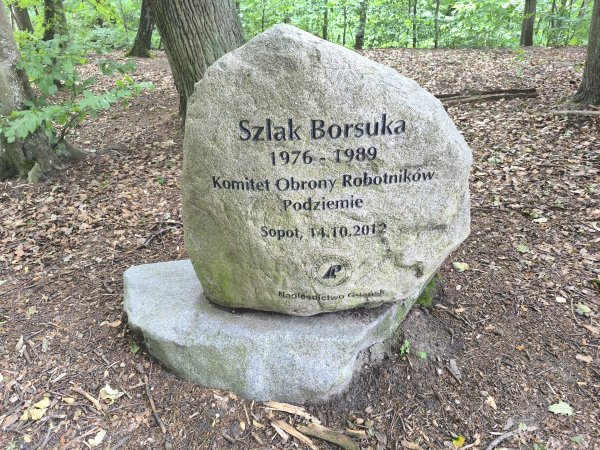
I guess it is not very cheap to catch a performance there, but even if not, just go to Glinna Góra and get amazed by the gorgeous view on the forest, the beach and the Baltic Sea. I warn you: it is not so easy to find your way back to the city, but it is totally worth it!
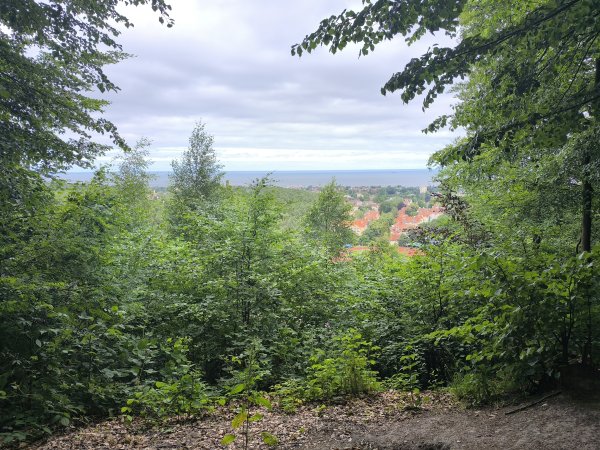

The third city, Gdynia is easier to reach by train rather then keeping on walking on the beach from Sopot. While Sopot has a touristic profile, Gdynia took another path and is an important industrial city, particularly with its port, shipyards and factories, which also means that it is a significant ‘headquarters’ for worker class people.
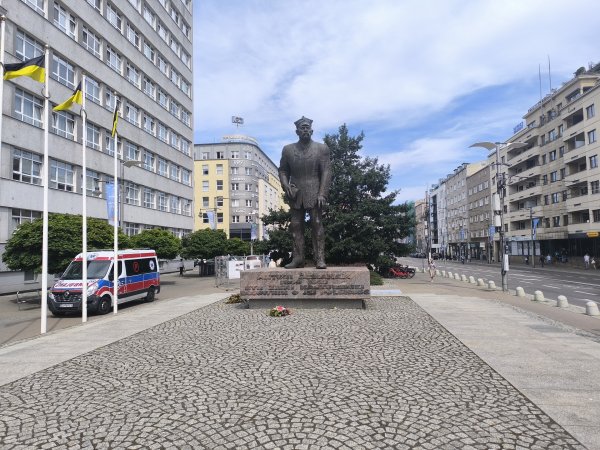
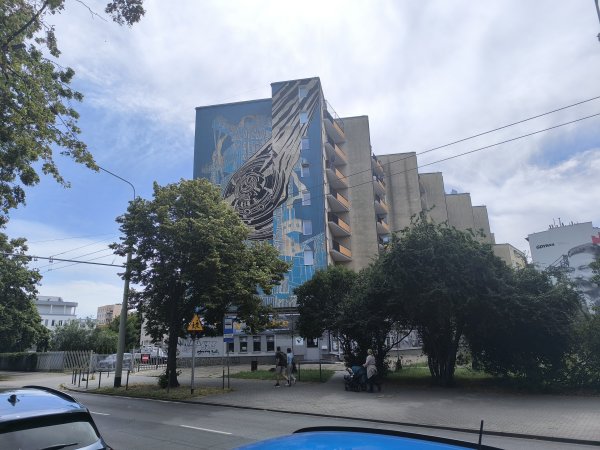
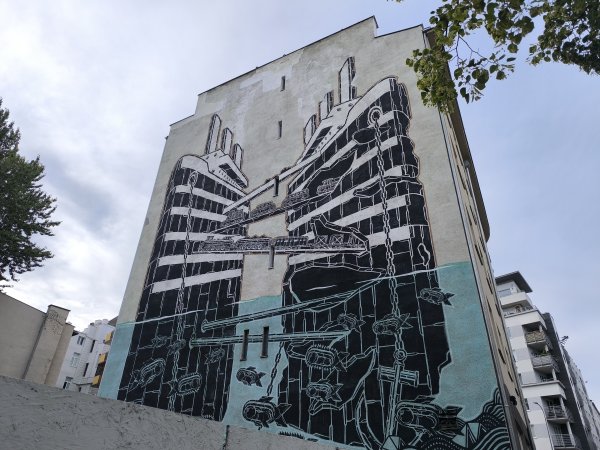
However, it is also an important cultural centre of the Kashubian people: they even have a square (Plac Kaszubski) with the statue of Antoni Abraham, an important Kashubian-Polish writer and activist.


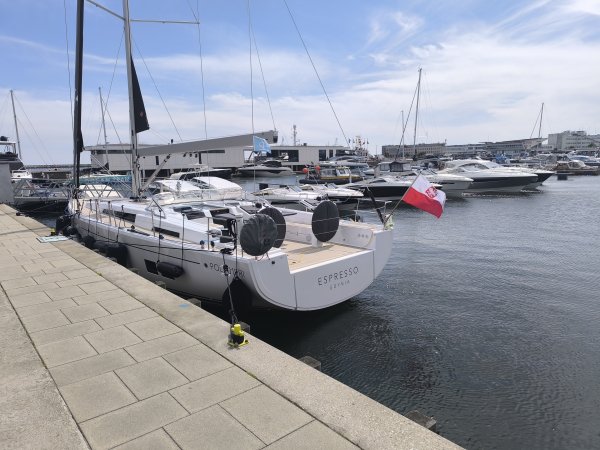
Before you go to the port, I recommend you to climb up to Kamienna Góra (Stone Hill), where there is a small park and also the best view on the seaside of Gdynia. The best way to reach the port is through Kościuszko Square (Skwer Kościuszki), passing by a charming fountain and then you will arrive directly at the piers.
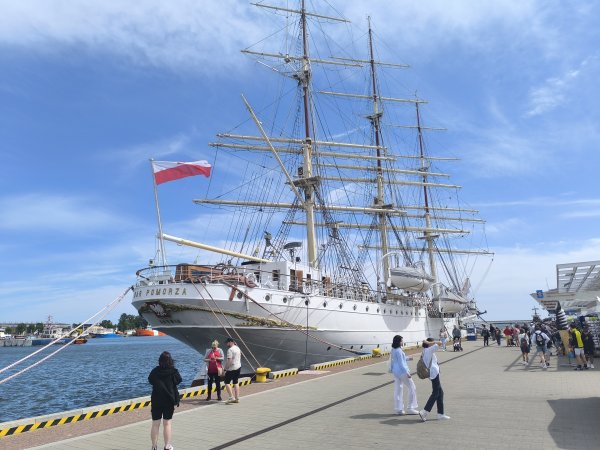

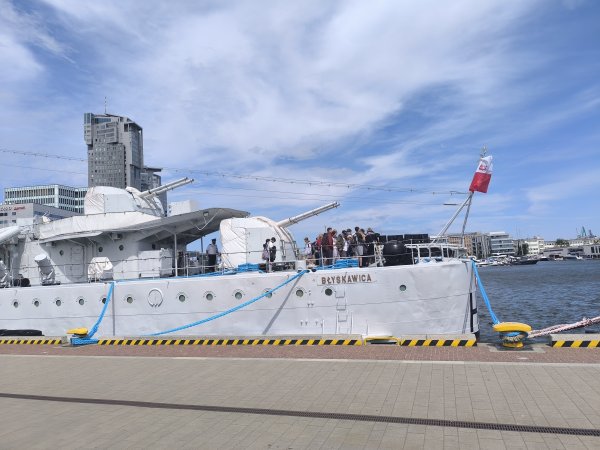
There you can admire a beautiful sailing ship called Dar Pomorza (Gift of Pomerania), which is also a ship museum and a little bit further a bathyscaphe (type of submarine) called Nautilus, named after the famous submarine of Captain Nemo.
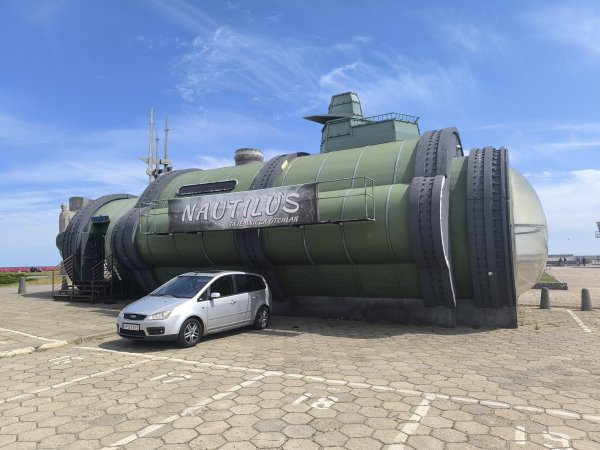
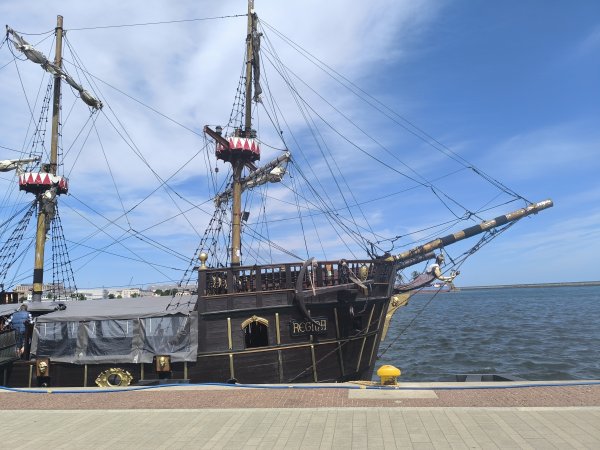
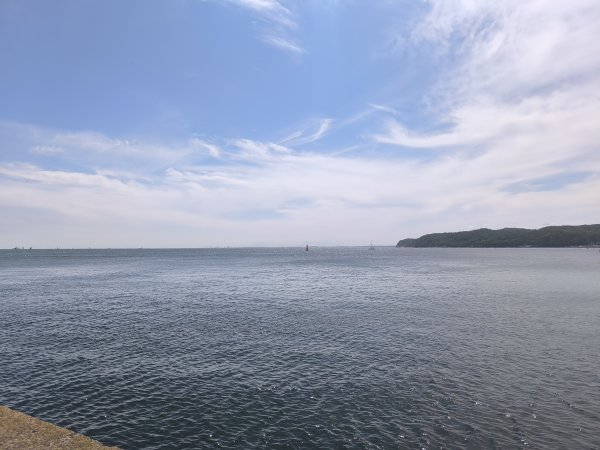
The port in general is full of museums: the city museum, the Museum of War Ships in Gdynia and the local aquarium are all located here, while just next to the port there is a small city beach (Plaża Miejska).
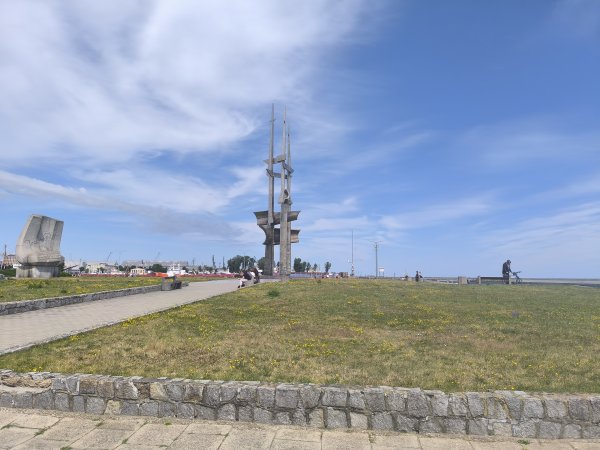
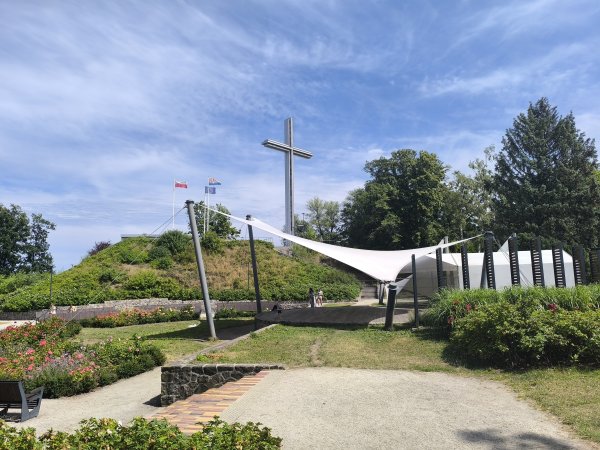
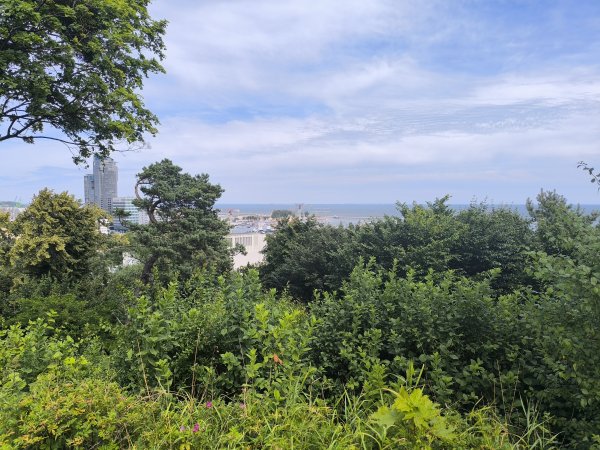
To be honest, it is not so spectacular and long as the one at Jelitkowo, shared between Sopot and Gdańsk, but ironically, I ended up spending my beach time there, because the only sunny day was the one when I travelled to Gdynia.
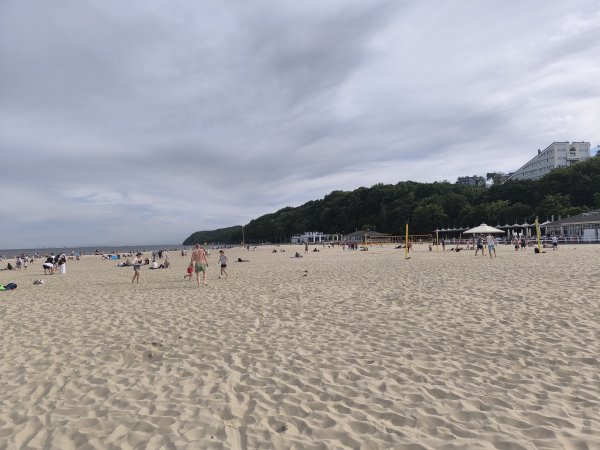
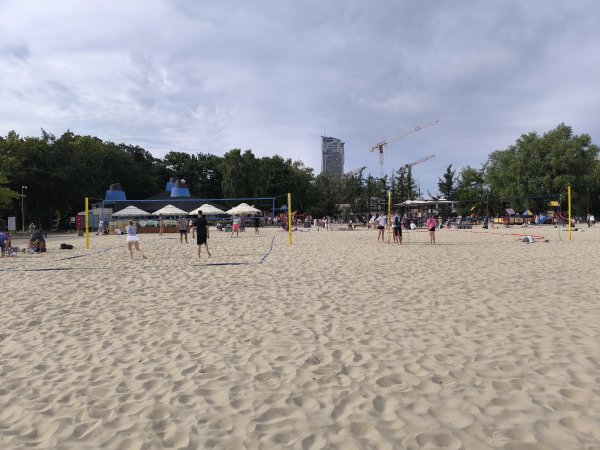
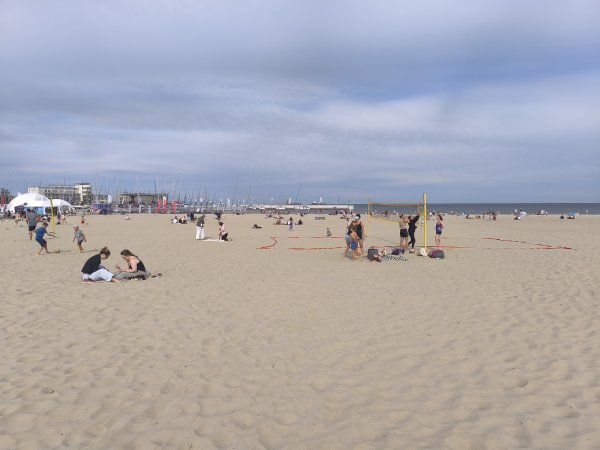
The city does not have more particular attractions in the centre, but there are plenty of restaurants and pubs, and I had the impression that it can be a very comfortable life to reside in Gdynia.
I also enjoyed the architecture mixing the neoclassical and art nouveau features with the simple and functionalist approach of social realism and contemporary solutions.
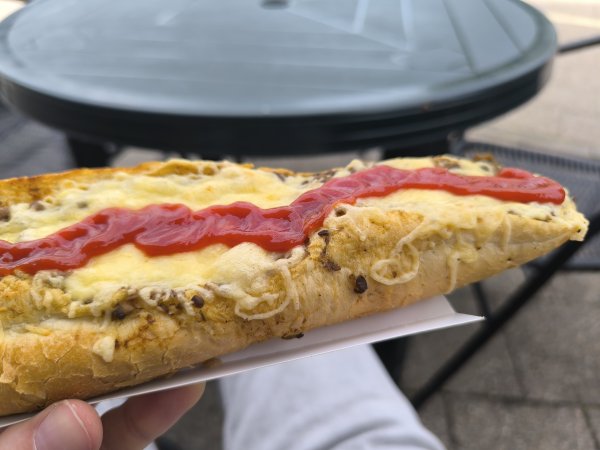
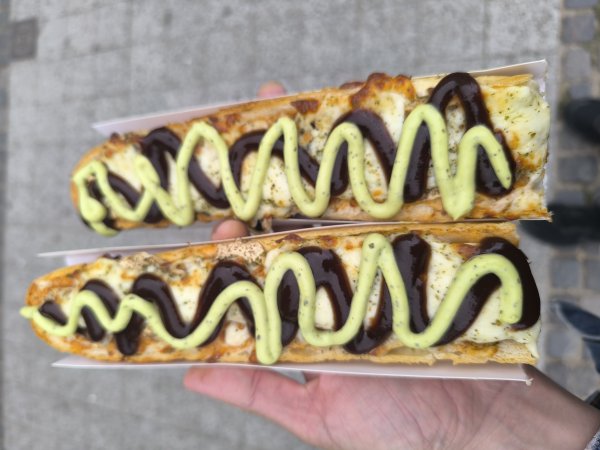
In fact, I exactly felt the same regarding Gdańsk, which was indeed a place where you can find everything you need for a stable and satisfying life, from culture to services and from job to entertainment. I could really imagine my life in any of them, so if future brings me such a way – and who knows – I am not going to hesitate to move there.
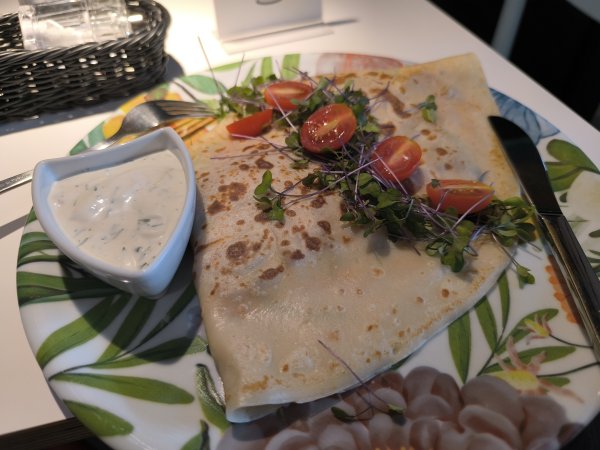
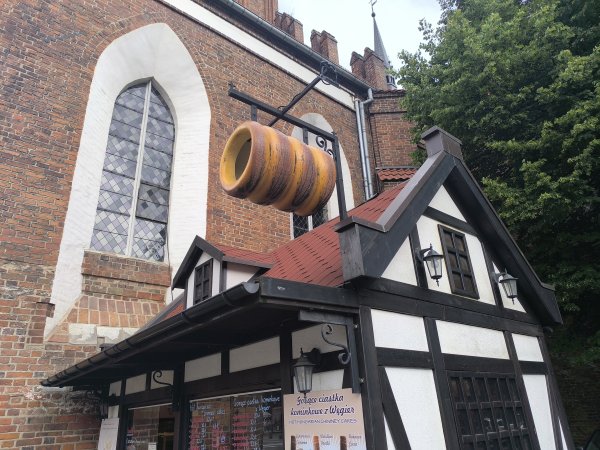
Of course, I tried again some of my favourite Polish meals, such as zapiekanki, naleśniki and pierogi, but unfortunately, I did not have time or opportunity to try any local food and do a research on it. (By the way, I found a Hungarian chimney cake shop, and although the sellers were Poles, I could see the polonized version of our desert: węgierski kurtoszkołacz).
I was thinking about some further trips, such as visiting Malbork, the famous and enchanting castle of the Teutonic Knights which is even included in the Sienkiewicz novel The Knights of the Cross. It is a little bit further, so probably it will be another Pomeranian trip, where I could also go to Elbląg and other former fortresses of the Teutonic Order.
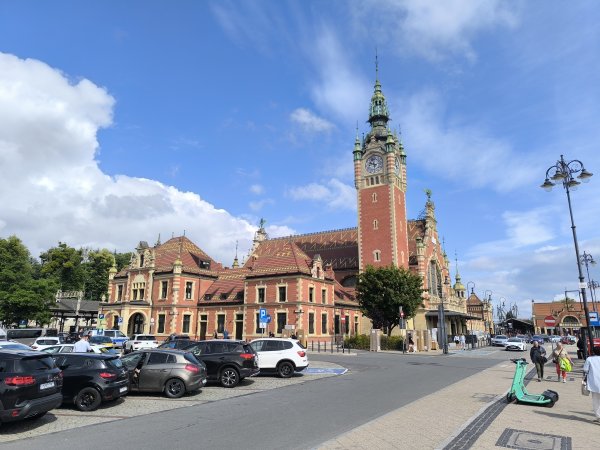
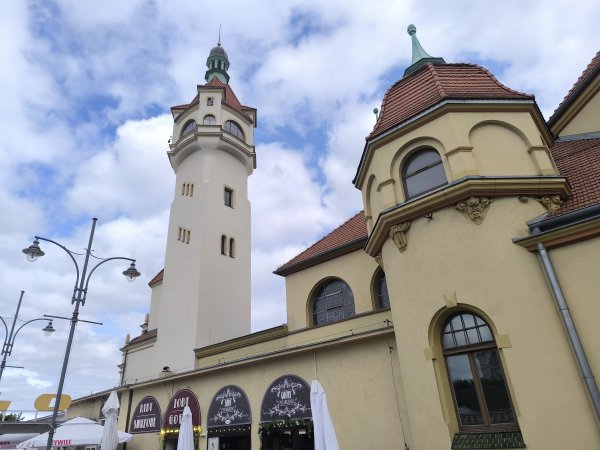
However, I had to realize finally that the neighborhood of Gdańsk is so rich of culture that I could not even finish seeing everything: there are many swamps, lakes, reservations outside of the city and many interesting villages, while the seaside also has a lot of wonders.
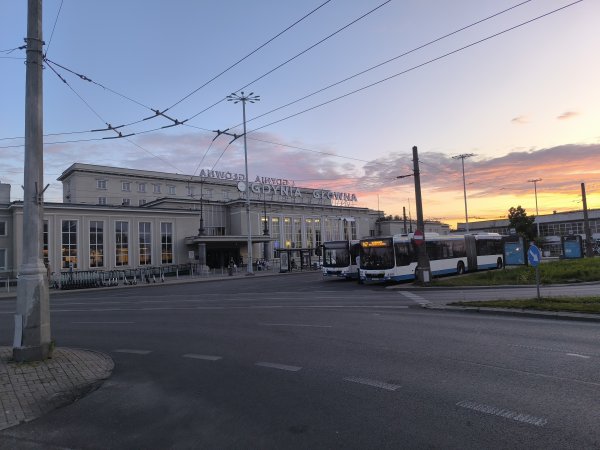
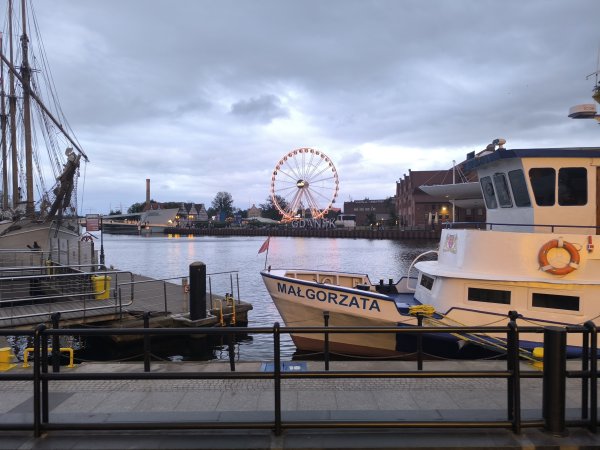
For example, the train towards Gdynia was going to the peninsula of Hel that I really regret I could not visit. Maybe the timing and the weather was not the best which really limited me, but this journey was perfect to get a little bit of Pomerania and know 'how it tastes' – and it tastes like a magic tale.
